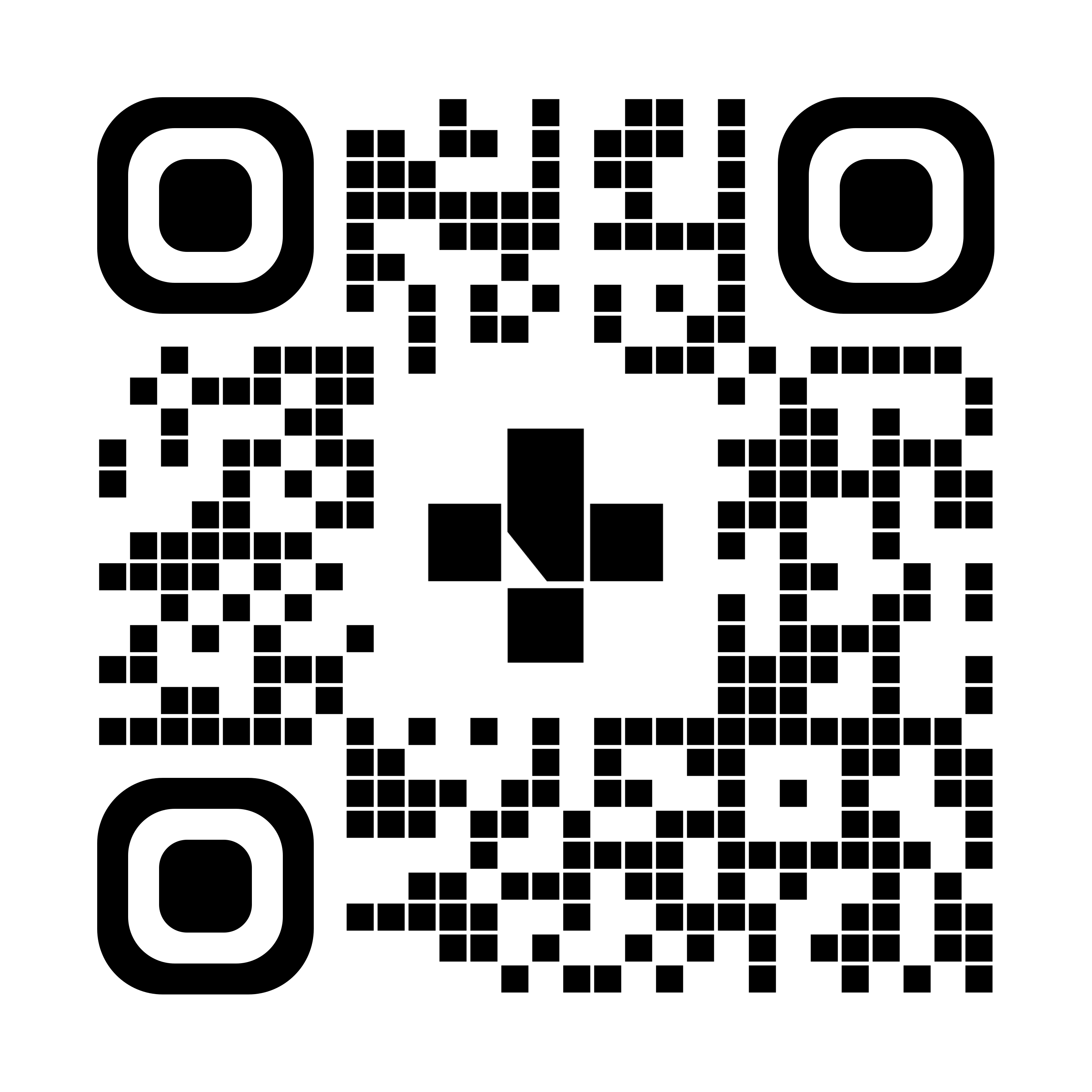Isolation Precautions for Adult Patients
Contact and droplet isolation precautions
This information has been translated into other languages – see the links at the bottom of this page.
What are contact and droplet precautions?
Contact and droplet precautions are steps that healthcare facility visitors and staff need to follow when going into or leaving a patient’s room. They help stop germs from spreading so other people don’t get sick. Contact and droplet precautions are for patients who have germs that can spread:
- by touching the patient or surfaces in their room
- when a patient coughs or sneezes
How do I know if a patient is on contact and droplet precautions?
There will be a sign at the door. It tells healthcare facility visitors and staff what they need to do before going into the patient’s room and when they leave the room.
What should I do before visiting a patient on contact and droplet precautions?
Speak to a nurse before your first visit and before you bring children. There may be limits on who can visit the patient.
When a patient is on contact and droplet precautions, there are certain situations where you may be required to leave the room or put on a different mask.
What should I do before I go into the patient’s room?
- Clean your hands. Use soap and water or hand sanitizer (alcohol-based hand rub).
- Put on a gown if you’re helping with patient care (if not, you don’t need a gown). Tie the gown at your neck and waist.
- Put on a mask. Fit the metal bar at the top of the mask over your nose. Put the elastic loops behind your ears or secure the ties. The bottom of the mask goes under your chin.
- Put on eye protection—prescription glasses won’t protect your eyes.
- Put on gloves if you will be helping with patient care (if not, you don’t need gloves). Put the cuffs of the gloves over the cuffs of the gown.
- Enter the patient’s room. You can keep the door open or close it.
If you wear religious or cultural head coverings, find tips for wearing a mask and eye protection.
What should I do when I leave the patient’s room?
If you’re visiting a patient who has diarrhea, clean your hands with soap and water, not hand sanitizer, when you leave their room.
If you’re not wearing a gown and gloves, start at step 4. If you’re wearing a gown and gloves:
- Take off the gloves by holding the outside edge near your wrist. Put the gloves in the garbage in the patient’s room. Don’t wear the gloves in other areas of the healthcare facility.
- Clean your hands.
- Untie the gown at your neck and waist and take it off. Put the gown in the linen hamper or garbage in the patient’s room. Don’t wear the gown in other areas of the healthcare facility.
- Clean your hands.
- Leave the patient’s room. You can leave the door open or close it.
- Take off the mask using the elastic loops or ties and put it in the garbage. Don’t touch the front of the mask. Don’t wear it in other areas of the healthcare facility.
- Take off the eye protection and put it in the garbage. Don’t wear it in other areas of the healthcare facility.
- Clean your hands again.
Can a patient on contact and droplet precautions leave their room?
A patient on contact and droplet precautions may leave their room only if necessary (for example, to go for a medical test). They must wear a mask at all times when they’re out of their room.
How else can I stop germs from spreading?
- Don’t visit anyone in a healthcare facility if you have a fever, cold, or diarrhea.
- Don’t visit if you have recently been around a person who has a contagious disease (this means a disease that others can catch, such as chickenpox or the flu).
- Use public washrooms at the healthcare facility. Don’t use the patient’s washroom.
- Talk to a healthcare provider if you have questions about how to stop germs from spreading.
To see this information online and learn more, visit MyHealth.Alberta.ca/health/pages/conditions.aspx?Hwid=custom.ab_isolation_contactdrplet_inst_adult.

Related to Contact and Droplet Isolation Precautions
Other languages
Contact and droplet isolation precautions
For 24/7 nurse advice and general health information call Health Link at 811.
Current as of: Feb 1, 2023
Author: Infection Prevention and Control, Alberta Health Services
This material is not a substitute for the advice of a qualified health professional. This material is intended for general information only and is provided on an "as is", "where is" basis. Although reasonable efforts were made to confirm the accuracy of the information, Alberta Health Services does not make any representation or warranty, express, implied or statutory, as to the accuracy, reliability, completeness, applicability or fitness for a particular purpose of such information. Alberta Health Services expressly disclaims all liability for the use of these materials, and for any claims, actions, demands or suits arising from such use.
